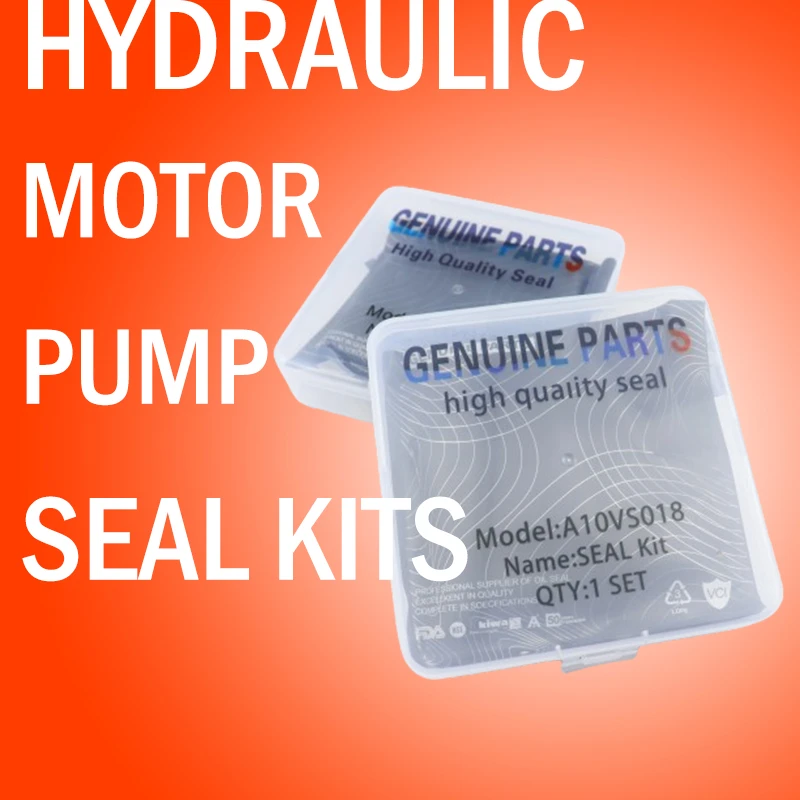loka . 31, 2024 04:25 Back to list
hydraulic seal
Understanding Hydraulic Seals An Essential Component in Fluid Power Systems
Hydraulic seals are critical components in various applications that involve the containment of fluids under pressure. They play a vital role in hydraulic systems, ensuring efficiency, safety, and longevity of machinery. By preventing fluid leaks and contamination, hydraulic seals are indispensable in industries ranging from manufacturing to automotive and aerospace.
The primary function of a hydraulic seal is to provide a barrier between moving parts, allowing for the smooth operation of hydraulic cylinders, pumps, and valves. When hydraulic fluid is pressurized, it moves through the system to perform work, such as lifting heavy loads or powering machines. However, without effective sealing, the fluid could escape, leading to decreased system performance and increased wear on components.
Hydraulic seals come in various forms, including O-rings, U-cups, and V-packings. Each type is designed specifically to handle different environments and pressures. For instance, O-rings are simple, circular seals that fit into grooves to prevent fluid leakage in static and dynamic applications. U-cups, on the other hand, are ideal for dynamic sealing in hydraulic cylinders, providing a robust solution that minimizes friction and wear.
hydraulic seal

Material selection is another crucial factor in the performance of hydraulic seals
. Common materials include rubber compounds, polyurethane, and PTFE (Teflon). The choice of material affects the seal's durability, resistance to temperature variations, and compatibility with different hydraulic fluids. For instance, Nitrile rubber is widely used due to its excellent resistance to petroleum-based oils, while Viton offers superior resistance to high temperatures and aggressive chemicals.The installation and maintenance of hydraulic seals are vital for optimal performance. Improper installation can lead to premature failure, resulting in costly repairs and downtime. Regular inspection and maintenance can help detect any wear or damage to seals, allowing for timely replacements and ensuring the system operates efficiently.
Moreover, advancements in seal technology continue to enhance the capabilities of hydraulic seals. Innovations in materials and design aim to improve sealing performance, extend service life, and minimize friction. The development of smart seals, equipped with sensors to monitor wear and fluid properties, represents a significant leap toward predictive maintenance in hydraulic systems.
In conclusion, hydraulic seals are more than just simple components; they are essential to the functionality and reliability of hydraulic systems. Their proper selection, installation, and maintenance are crucial for preventing leaks and ensuring optimal performance. As industries continue to evolve, the role of hydraulic seals will undoubtedly become even more significant, driving advancements in fluid power technology and contributing to improved operational efficiency across various sectors.
-
TCN Oil Seal Metal Ring Reinforcement for Heavy Machinery
NewsJul.25,2025
-
Rotary Lip Seal Spring-Loaded Design for High-Speed Applications
NewsJul.25,2025
-
Hydraulic Cylinder Seals Polyurethane Material for High-Impact Jobs
NewsJul.25,2025
-
High Pressure Oil Seal Polyurethane Coating Wear Resistance
NewsJul.25,2025
-
Dust Proof Seal Double Lip Design for Construction Equipment
NewsJul.25,2025
-
Hub Seal Polyurethane Wear Resistance in Agricultural Vehicles
NewsJul.25,2025
-
The Trans-formative Journey of Wheel Hub Oil Seals
NewsJun.06,2025
Products categories
















